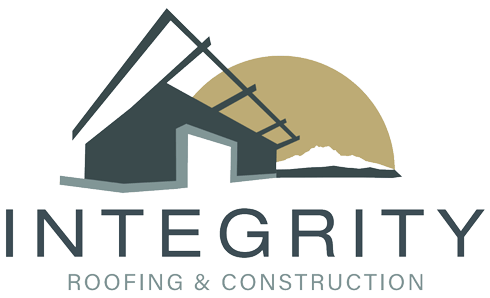Metal roofs are an attractive option for homeowners. There are many differences to consider when it comes to installation that can affect the cost of this investment.
Two ways to properly install metal; Hook Eave vs Butyl Tape
A hook eave design ensures:
- The end of panels are locked around a piece of metal on the eaves.
- Wind blown water cannot divert under the end of the panels prior to entering the gutter – ruining soffits
- Fish Mouth effect: A half-cylindrical or half-conical opening (resembling a fishes mouth) formes as metal barometric pressure expands and contracts metal panels. This will create an opening along the eaves, otherwise known as the “fish mouth effect”.
The labor process behind this design ensures accurate measuring, bending and cutting for a proper fit according to manufacturer installation requirements.
A metal roof does not have the absolute requirement of having a hook eave design, if the installer or customer should decide to forego this procedure, the next best option would be to install the panels with “butyl tape” (identified in the image below as a ‘closure strip’) which is a double sided high adhesive membrane 1” wide x 1⁄2” thich similar to a roll of bubble gum, which will adhere the bottom of each roof panel to adhering to eave metal disallowing the “fish mouth effect”.
Fish Mouth Effect
Metal is subject (and expected) to expand and contract due to barometric pressure changes. The end of a metal panel will begin to distort when lacking adequate fastening to its substrate eave metal (via hook eave or butyl tape), panels will move and eventually maintain an opened eave, therefore mimicking a fishes mouth. This metal distortion allows ease of water entry and soffits begin to rot. The natural flow of water prior to gravitational force is to move backward, hence hook eave.
Mechanically Seamed Panel & Non-Mechanically Seamed
To properly join and seal panels, there are different methods we recommend that also differ in price. Hemming panels uses the interlocking system to create a seal between panels using systems depending on design, pitch, material and manufacturer requirements. Standard ‘clip lock’ design panels (Taylor Metal Manufacturer) or NRM 5000 (Nu Ray Metal Manufacturer) among a multitude of other panel designs are applicable for roof decks 3:12 and steeper. For lower slopes, panels can be mechanically seamed by a machine that is transported onto the roof and hems each panel seam per manufacturer warranty.
Proper installation by a knowledgeable contractor is crucial, especially in wet weather areas like the Pacific Northwest.
